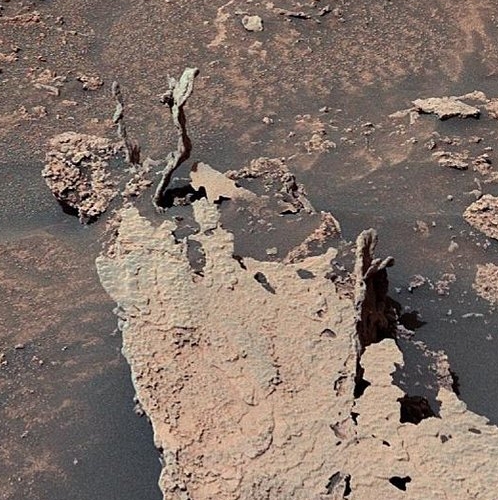Ariane-6 rocket delayed again
Capitalism in space: The first launch of ArianeGroup’s new rocket, Ariane-6, has been delayed again, and will not launch this year as planned.
The new delay appears mostly related to getting the rocket’s ground systems up and running.
The rocket, being built for the European Space Agency’s commercial division, Arianespace, had originally been scheduled for launch in 2020. Initially the rocket struggled to find customers, because it is not reusable and is thus more expensive. That changed in the past few months with the Ukraine War eliminating Russian rockets as a competitor combined with a new gigantic launch contract from Amazon to launch a large number of its Kuiper satellites using Ariane-6.
Capitalism in space: The first launch of ArianeGroup’s new rocket, Ariane-6, has been delayed again, and will not launch this year as planned.
The new delay appears mostly related to getting the rocket’s ground systems up and running.
The rocket, being built for the European Space Agency’s commercial division, Arianespace, had originally been scheduled for launch in 2020. Initially the rocket struggled to find customers, because it is not reusable and is thus more expensive. That changed in the past few months with the Ukraine War eliminating Russian rockets as a competitor combined with a new gigantic launch contract from Amazon to launch a large number of its Kuiper satellites using Ariane-6.











